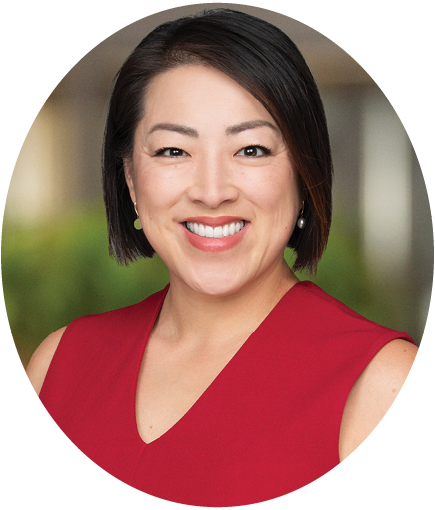Policy Priorities
Help struggling Minnesotans. Support care for seniors.
Minnesota’s long-term care sector has reached a critical point. The state’s senior population continues to rise while we face an ongoing and severe workforce shortage, making it increasingly difficult for seniors to find care where they live.
Policy Priorities
Minnesotans Agree – Care Comes First. Every senior in Minnesota deserves access to the housing, care, and support that they need in their home communities. Likewise, caregivers in nursing homes and assisted living facilities deserve wages that reflect the challenging work they do.
Addressing the Workforce Crisis. Our workforce is filled with compassionate and selfless individuals who provide incredible care for our seniors. These skilled professionals deserve better pay for the demanding work they do. Many caregivers are leaving long-term care for higher-paying, less stressful jobs.
The State’s Responsibility to Ensure Access to Care. As care options continue to disappear across Minnesota due to workforce shortages, families are making incredible sacrifices to care for their older loved ones. Asking our seniors or their families to travel an hour or more away to find care is unacceptable. The state must ensure families and communities can remain whole.
In long-term care, wages are directly affected by the state’s role in reimbursing providers. State leaders set reimbursement rates for care. The current rates do not provide enough money for caregivers to make a family-sustaining wage.
In addition, outdated data means that senior care settings are receiving payments that do not reflect current costs to provide care. Unless the state increases funding and makes long-overdue updates to the payment system, senior care leaders cannot recruit and retain the caregivers needed to provide Minnesota seniors with the care they need.
Legislative Proposals
Seek prospective funding to pay for the full costs of the Nursing Home Workforce Standards Board mandates across the aging services continuum, including in Assisted Living and HCBS services. We know that the costs of these mandates were not funded by the 2024 legislature, and the Standards Board has failed to account for the wage competition and compression across care settings. Now that the Board has promulgated two rules with financial impact to providers across the continuum, the Legislature must fund those obligations in full.
It is clear that the Board's underlying structure is flawed and has led to disastrous results that will not help nursing home jobs or nursing home employers.
By allowing MDH to approve other curriculum programs, we can work with aging services employers to expand TMA programs beyond the walls of higher education.
If the last two years were any indication, defense is also offense, and we must use our political capital to hold the line on administrative and operational burdens.
in our senior care settings remain unfilled
report that they have vacant positions
in assisted living caregiver positions

